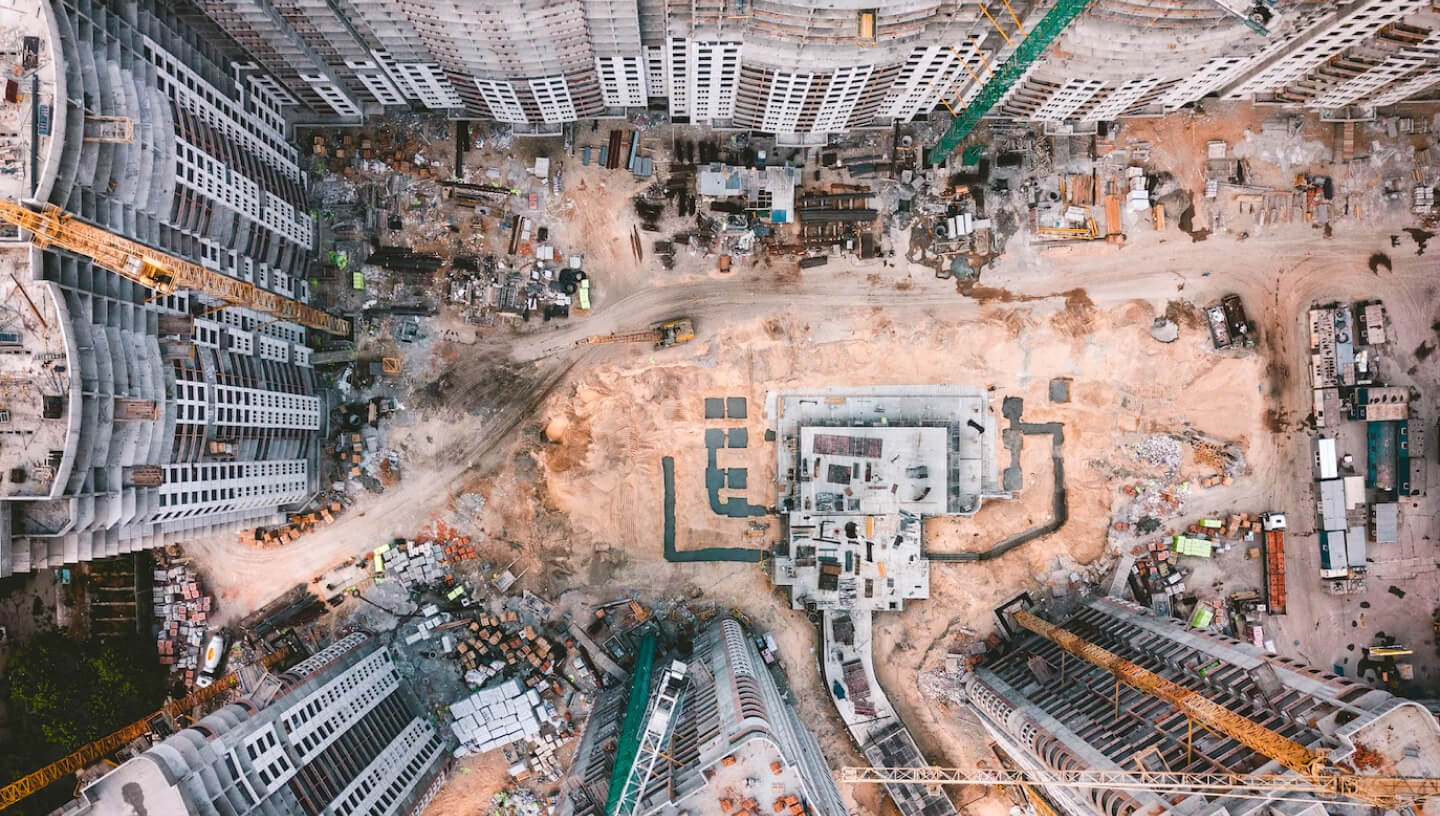24.11.2022
The construction sector lags behind plans to decarbonise the industry
 Photo by: Ivan Bandura / Unsplash
Photo by: Ivan Bandura / Unsplash
The UN released the 2022 world report on the state of the building stock, expressing concern about the increasing pace of construction and its lack of energy efficiency.
In 2021, most major countries have recovered their construction activity to pre-pandemic levels, when the industry slowed dramatically. Offices and jobs have reopened. Most developing countries have increased their use of natural gas in buildings.
As a result, energy demand in buildings rose by around 4% to 135 EJ, the largest increase in 10 years. CO2 emissions from the operation of these buildings have reached an all-time high of around 10 Gt CO2, up 5% from 2020 and up 2% from the previous peak in 2019.
The energy intensity of buildings, which is the total final energy consumption per square metre, has not changed over the last three years, at around 150 kWh/sq m. The IEA estimates that on the way to zero emissions, the intensity should decrease by about 35% from the current level to about 95 kWh/sq m.
Observations for 2022 confirm a growing gap between the actual climate performance of the sector and the required decarbonisation pathway.
This is despite the fact that in 2021 an increasing number of countries made energy efficiency commitments and offered detailed information on decarbonising buildings as part of their nationally determined contributions (NDCs), and global investments in energy efficiency increased by around 16% to around $237 billion.
Construction growth has also led to increased investment in more energy-efficient and ‘green’ buildings. It is worth noting that the number of certified buildings increased by 19% compared to 2020.
The authors of the report do not ignore the efforts of various governments to decarbonise the industry. It is probably too early to look for the effects of the measures taken and investments made. The buildings sector must continue to grow to meet citizens’ needs for safe housing and jobs, but its growth must be in line with the Paris Agreement, experts say.
The report cites a number of recommended measures that could bring the world closer to carbon-neutral buildings. These include: developing new building codes and standards, reducing CO2 emissions throughout the building chain and taking its entire life cycle into account, increasing investment in energy efficiency, implementing policies that foster the transition to a circular economy, and others.
The Strategy for the Development of the Russian Construction Industry and Housing and Communal Services until 2030 with a forecast until 2035 also includes targets for energy efficiency in new and existing buildings, efficient use of resources and support for green construction.
Cover photo: Saad Salim / Unsplash







































Comments